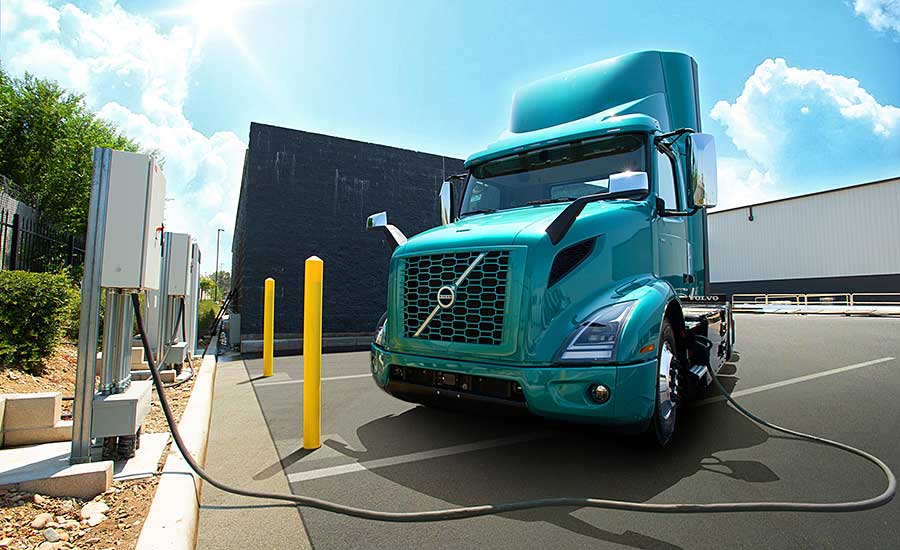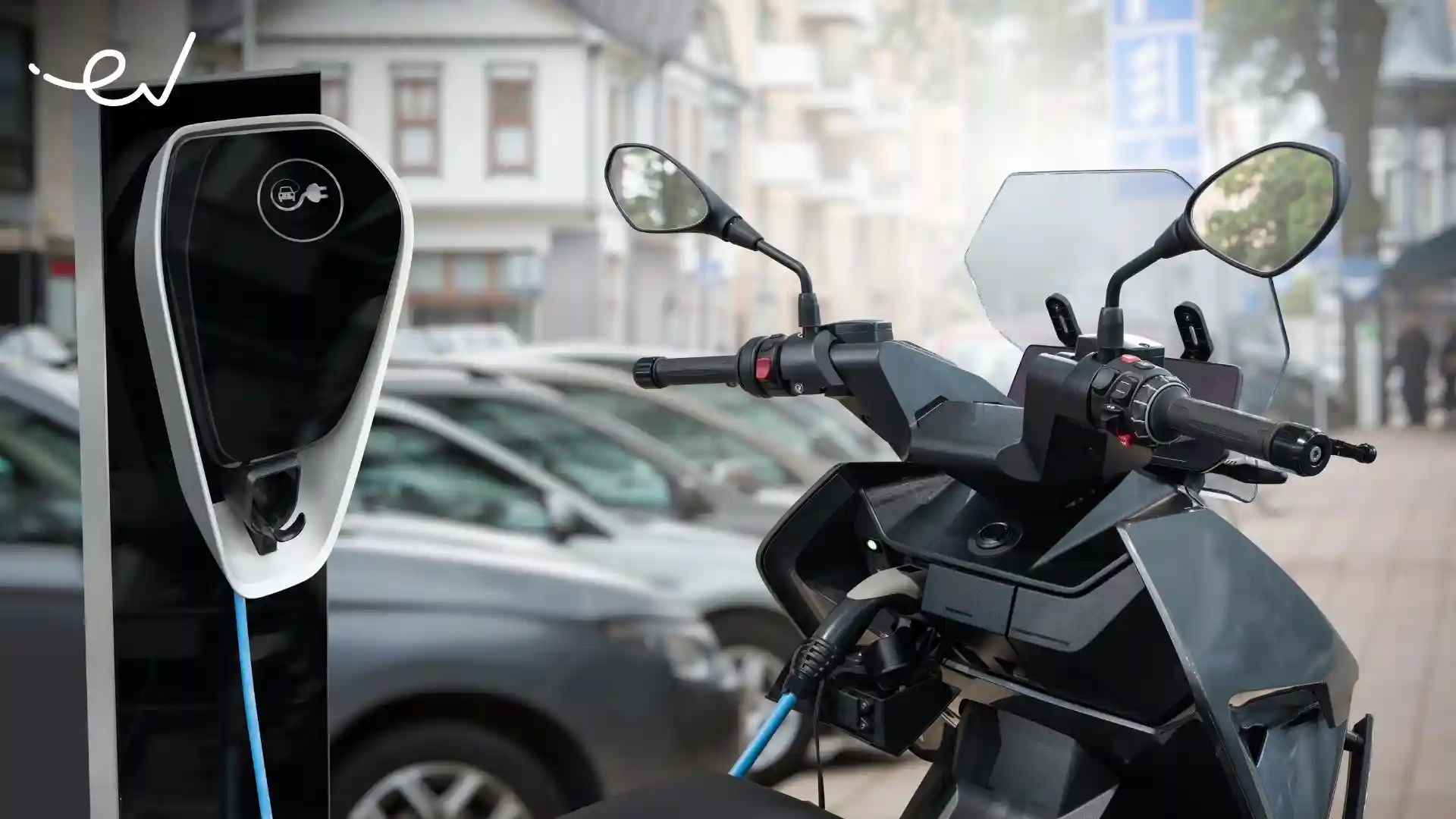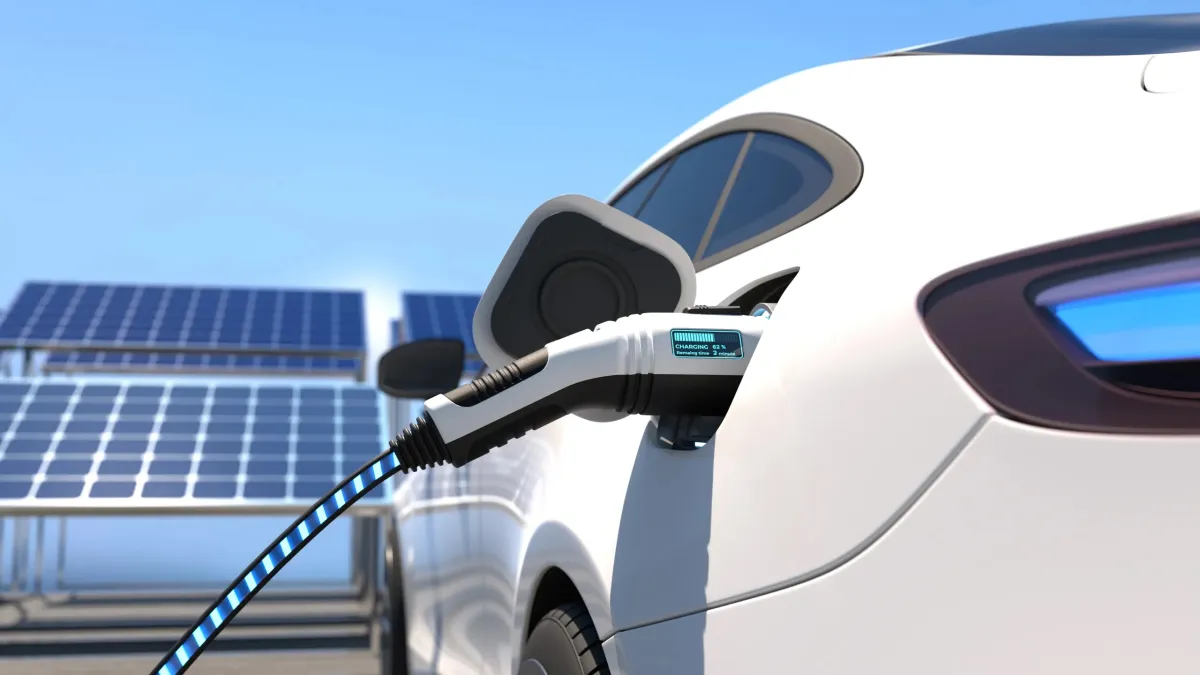The Rise of Electric Heavy-Duty & Commercial Vehicles
Mia Anderson

Photo: The Rise of Electric Heavy-Duty & Commercial Vehicles
The global shift toward sustainability is reshaping industries, and the automotive sector is no exception. While electric passenger cars have taken the spotlight for years, electric heavy-duty and commercial vehicles are emerging as a critical player in the transition to a greener future. These vehicles are not just a trend they are a transformative force, addressing the pressing need to reduce carbon emissions, enhance energy efficiency, and meet evolving consumer and regulatory demands.
Understanding the Shift to Electric Commercial Vehicles
Heavy-duty and commercial vehicles, including trucks, buses, and delivery vans, have long been powered by diesel engines. These vehicles are indispensable for logistics, public transportation, and construction. However, their reliance on fossil fuels has made them significant contributors to greenhouse gas emissions. According to the International Energy Agency (IEA), heavy-duty vehicles account for nearly 25% of global road transport emissions, despite making up only 10% of the total fleet.
The rise of electric commercial vehicles (ECVs) addresses this imbalance. By replacing traditional internal combustion engines (ICEs) with electric drivetrains, these vehicles offer the potential to drastically reduce emissions. Furthermore, advancements in battery technology, increasing governmental support, and growing awareness of environmental issues are accelerating the adoption of ECVs.
Key Drivers of the Transition
1. Environmental Regulations
Governments worldwide are implementing stringent emissions standards to combat climate change. Policies such as the European Union’s Green Deal and California’s Advanced Clean Trucks (ACT) regulation are pushing manufacturers to produce zero-emission vehicles. These regulations not only set targets but also incentivize innovation in electric vehicle (EV) technologies.
2. Technological Advancements
Recent breakthroughs in battery technology, such as the development of solid-state batteries, have significantly increased the range and efficiency of ECVs. Modern electric trucks like Tesla’s Semi and Volvo’s FL Electric now offer ranges exceeding 300 miles on a single charge, making them viable for long-haul transportation.
Additionally, improvements in charging infrastructure, including ultra-fast chargers and wireless charging systems, are reducing downtime and addressing range anxiety a critical concern for commercial fleet operators.
3. Economic Benefits
Although the upfront cost of electric heavy-duty vehicles remains higher than that of their ICE counterparts, their total cost of ownership (TCO) is increasingly competitive. Lower fuel costs, reduced maintenance requirements, and tax incentives contribute to significant savings over the vehicle's lifespan. For instance, studies have shown that electric trucks can save operators up to 40% in maintenance costs compared to diesel-powered trucks.
4. Corporate Sustainability Goals
Companies are prioritizing sustainability to meet consumer expectations and align with global environmental goals. Major logistics firms like UPS, FedEx, and Amazon are committing to electrify their fleets, signaling a broader industry trend toward clean transportation solutions.
Challenges Facing Electric Heavy-Duty Vehicles
Despite their promise, electric heavy-duty and commercial vehicles face several hurdles:
1. High Initial Costs
The cost of producing ECVs, particularly batteries, remains high. While prices are declining due to economies of scale and technological advancements, the financial barrier is still significant for smaller operators.
2. Charging Infrastructure
The existing charging network is primarily designed for passenger EVs and may not support the power demands of heavy-duty vehicles. Investments in high-capacity charging stations and grid upgrades are essential for widespread adoption.
3. Payload and Range Limitations
Batteries add substantial weight to vehicles, which can reduce their payload capacity. Although advancements in energy density are mitigating this issue, achieving parity with diesel-powered vehicles is an ongoing challenge.
4. Supply Chain Constraints
The production of ECVs requires rare earth minerals like lithium, cobalt, and nickel. Limited availability and geopolitical factors can disrupt the supply chain and increase costs.
Real-World Applications and Success Stories
1. Public Transportation
Electric buses are leading the charge in urban areas. Cities like Shenzhen, China, have already transitioned their entire bus fleet to electric, showcasing the feasibility of large-scale adoption. Electric buses not only reduce air pollution but also lower operational costs, making them a win-win for municipalities.
2. Last-Mile Delivery
Delivery giants like Amazon and DHL are deploying electric vans for last-mile logistics. These vehicles are ideal for short-distance travel and frequent stops, where EVs outperform ICE vehicles in terms of efficiency and cost-effectiveness.
3. Heavy-Duty Freight
Long-haul trucking is gradually electrifying, with companies like Freightliner and Nikola introducing electric semi-trucks. While hydrogen fuel cell technology may complement battery-electric systems for extended ranges, current electric trucks are proving viable for medium-distance freight routes.
The Road Ahead: Opportunities and Innovations
The future of electric heavy-duty and commercial vehicles looks promising, with several trends shaping the industry:
1. Energy Storage Innovations
Advancements in battery chemistries, such as lithium-sulfur and solid-state batteries, are expected to enhance energy density, reduce costs, and extend vehicle ranges.
2. Integration of Renewable Energy
Fleet operators are increasingly pairing electric vehicles with renewable energy sources, such as solar or wind, to achieve true zero-emission operations. For example, Tesla’s SolarCity initiative offers solar-powered charging solutions for commercial fleets.
3. Autonomous Electric Vehicles
The convergence of electrification and automation could revolutionize logistics. Self-driving electric trucks, already being tested by companies like Waymo and Einride, promise to improve efficiency and reduce costs further.
4. Collaboration Across Sectors
Public-private partnerships are critical to overcoming infrastructure and policy challenges. Collaborative efforts between governments, manufacturers, and energy providers are fostering the development of robust EV ecosystems.
Conclusion: Driving Toward a Sustainable Future
The rise of electric heavy-duty and commercial vehicles marks a pivotal shift in the transportation industry. While challenges remain, the environmental, economic, and social benefits of electrification far outweigh the obstacles. As technology evolves and adoption scales, these vehicles will play a crucial role in reducing global emissions, enhancing energy efficiency, and building a more sustainable future.
For businesses and governments alike, investing in electric commercial vehicles is not just an option it’s a necessity. By embracing this transformative technology, stakeholders can drive innovation, meet sustainability goals, and pave the way for a cleaner, greener world.
Marketing
View All
January 22, 2025
The Future of Digital Marketing RevealedExplore where digital marketing is headed in the next decade. From AI to VR, see what’s shaping the future of online marketing. Don’t get left behind!
Mia Anderson

January 23, 2025
10 Content Strategies for Digital SuccessCreate winning content with these 10 proven digital marketing strategies. Enhance engagement and conversions starting today!
Mia Anderson

January 25, 2025
Email Marketing in the Digital AgeUnlock the power of email marketing with modern strategies tailored for the digital age. Connect with your audience like never before!
Mia Anderson
Entertainment
View AllDiscover how podcasts are reshaping media, offering new ways to engage audiences. Learn the trends & be part of the change. Click to stay ahead in media!
Mia Anderson
Discover the future of OTT platforms in 2024. Learn how they're reshaping media consumption globally. Click here to stay ahead in the streaming revolution!
Mia Anderson
Discover the latest strategies for mastering video games in 2024. Unlock expert tips and elevate your gameplay. Read now for game-changing insights!
Mia Anderson
Unlock the power of video games storytelling! Learn how to create immersive narratives that captivate players. Click to elevate your game design today!
Mia Anderson
Automotive
View AllLearn about the growing trend of electric two-wheelers and three-wheelers. Why are these vehicles gaining popularity?
Read MoreDominate the auto market with these Dealer Daily tips. Learn strategies to increase efficiency and outshine competitors!
Read MoreDiscover the rise of solar-integrated EVs. How do solar panels on electric vehicles transform the way we think about driving?
Read MorePolular🔥
View All
1
2
3
4
5
6
7
8
9
10
Technology
View All
December 5, 2024
Why You Should Consider a Gaming Laptop in 2024 – A Complete Buying Guide
Unlock the power of gaming laptops! Our comprehensive guide helps you choose the perfect one. Click to explore and level up your gaming experience.

August 10, 2024
The Future Unveiled: Exploring the Top AR Apps of 2024
Check out our selection of the top augmented reality applications for 2024! We've selected the best applications that highlight the fascinating potential of augmented reality, ranging from gaming to astronomy.

August 26, 2024
Transform Your Business with Essential AI Software Tools You Need to Know
Discover the best Artificial Intelligence software to boost your business efficiency and innovation. Click to explore top AI tools and transform your operations.
Tips & Trick






















